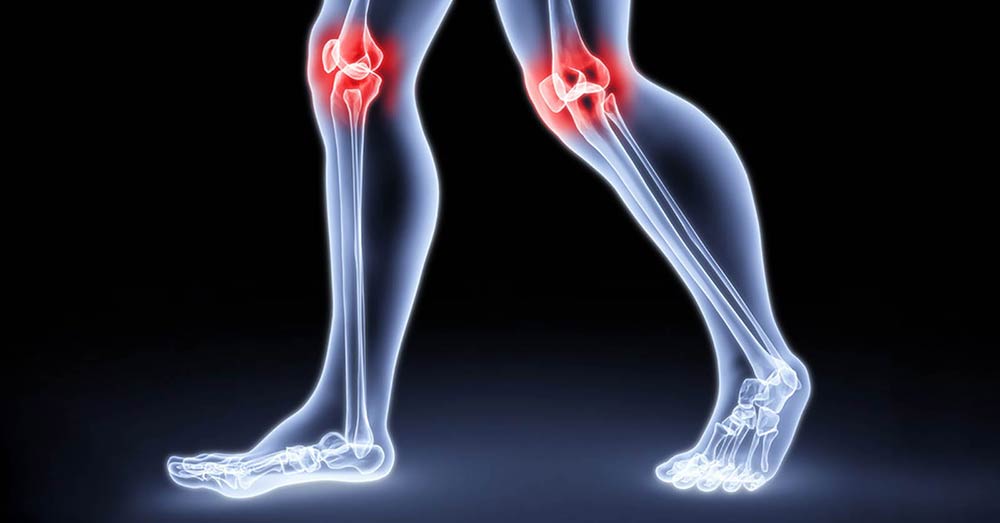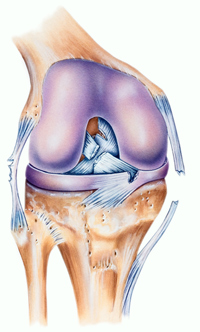Contact us today for a consultation with one of our physicians.


Arthroscopy (also called arthroscopic surgery) is a minimally invasive surgical procedure on a joint in which an examination and sometimes treatment of damage is performed using an arthroscope (a camera that is inserted into the joint through a small incision). Arthroscopic procedures can be performed to evaluate or treat many orthopaedic conditions including torn cusioning cartilage (“meniscus tear”), torn surface (articular) cartilage, ACL (anterior cruciate ligament) tear, and other internal derangements of the knee.
The advantage of knee arthroscopy over traditional open surgery is that the joint does not have to be opened up. For knee arthroscopy only two small incisions are made, one for the arthroscope and one for the surgical instruments to be used in the knee cavity. This reduces recovery time and may increase the rate of success due to less trauma to the connective tissue. It is especially useful for professional athletes, who frequently injure knee joints and require fast healing time. There is also less scarring, because of the smaller incisions. Irrigation fluid is used to distend the joint and make a surgical space.
The surgical instruments are smaller than traditional instruments. Surgeons view the joint area on a video monitor, and can diagnose and repair torn joint tissue, such as ligaments and menisci or cartilage.
It is technically possible to do an arthroscopic examination of almost every joint, most commonly the knee, shoulder, elbow, wrist, ankle, foot, and hip.
Knee arthroscopy has in many cases replaced the classic arthrotomy that was performed in the past. Today knee arthroscopy is commonly performed for treating meniscus injury, reconstruction of the anterior cruciate ligament and for cartilage microfracturing. Arthroscopy can also be performed just for diagnosing and checking of the knee.
During knee arthroscopy, a small fiberoptic camera (the arthroscope) is inserted into the joint through a small incision, about 4 mm (1/8 inch) long. A special fluid is used to visualize the joint parts. Typically only 2 incisions are required. Then other miniature instruments are used and the surgery is performed.[9]
After knee arthroscopy there will be swelling around the knee, which can take anywhere from 7–15 days to completely settle. It is important to wait until there is no swelling before doing any serious exercise or extensive walking.
For more information about Knee Arthroscopy in the Los Angeles and Beverly Hills, CA area please contact us at 855-SOMA-844 (855-766-2844).